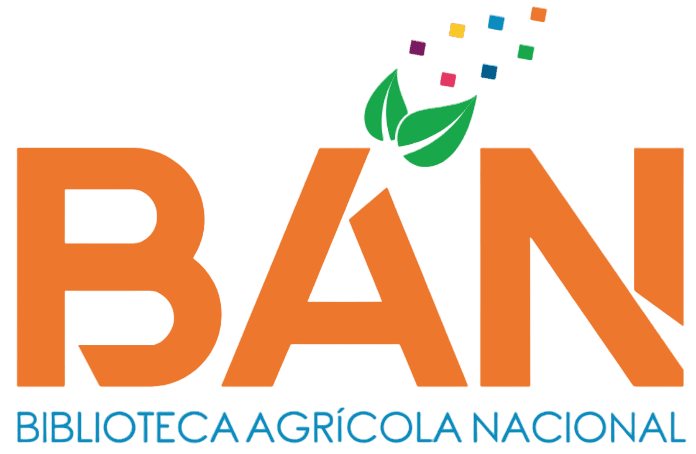Fenología del cultivo de palto bajo condiciones del fenómeno del Niño en el norte del Perú
Cargando...
Código QR
Autores
Yalle Salinas, Marycielo
Correo de contacto
Resumen
La palta (Persea americana Mill.) cv. Hass es un frutal de gran importancia y ampliamente cultivado en varios departamentos de la costa del Perú. Durante el ciclo comercial de 2023, las exportaciones de palta alcanzaron 599,208 toneladas, con un valor total de 963,4 millones de dólares, según datos del Ministerio de Desarrollo agrario y Riego (MIDAGRI). A nivel nacional, la producción de palta se extiende a 16 regiones, destacando principalmente en La Libertad, Arequipa, Ica y Moquegua, así como en los valles interandinos de Apurímac, Cusco, Huancavelica, Junín, Áncash y la sierra de Lima. Este proyecto tiene como finalidad mostrar la fenología del palto en la Irrigación Chavimochic bajo condiciones climáticas inusuales, como es el fenómeno del Niño. La descripción del desarrollo floral, floración, crecimiento de fruto, caída de fruto y desarrollo de masa radicular, son eventos claves que se ven influenciados ante factores externos como el incremento inesperado de temperatura, pero que se puede mitigar el daño si se reconoce de manera oportuna valores fuera de los rangos habituales por cada etapa. El entendimiento de la fenología de un cultivo específico es crucial para su manejo adecuado y, especialmente, oportuno. Al tener claridad sobre las etapas fenológicas y sobre todo los eventos que ocurren en cada fase, facilitará la ejecución óptima de diversas prácticas agrícolas. Esto incluye la polinización manual, la predicción de posibles incidencias de plagas, la determinación de necesidades específicas de fertilización, la aplicación de sustancias hormonales particulares, control de maleza, entre otros aspectos.
The avocado (Persea americana Mill.) cv. Hass is a fruit tree of great importance and widely cultivated in several departments on the coast of Peru. During the 2023 commercial cycle, avocado exports reached 599,208 tons, with a total value of 963.4 million dollars, according to data from the Ministry of Agrarian Development and Irrigation (MIDAGRI). At the national level, avocado production extends to 16 regions, mainly in La Libertad, Arequipa, Ica and Moquegua, as well as in the inter-Andean valleys of Apurímac, Cusco, Huancavelica, Junín, Áncash and the Sierra de Lima. This project aims to show the phenology of the avocado in the Chavimochic Irrigation under unusual climatic conditions, such as the El Niño phenomenon. The description of floral development, flowering, fruit growth, fruit drop and root mass development are key events that are influenced by external factors such as unexpected increases in temperature, but the damage can be mitigated if values outside the usual ranges are recognized in a timely manner for each stage. Understanding the phenology of a specific crop is crucial for its proper and, especially, timely management. Having clarity about the phenological stages and especially the events that occur in each phase will facilitate the optimal execution of various agricultural practices. This includes manual pollination, the prediction of possible pest incidences, the determination of specific fertilization needs, the application of particular hormonal substances, weed control, among other aspects.
The avocado (Persea americana Mill.) cv. Hass is a fruit tree of great importance and widely cultivated in several departments on the coast of Peru. During the 2023 commercial cycle, avocado exports reached 599,208 tons, with a total value of 963.4 million dollars, according to data from the Ministry of Agrarian Development and Irrigation (MIDAGRI). At the national level, avocado production extends to 16 regions, mainly in La Libertad, Arequipa, Ica and Moquegua, as well as in the inter-Andean valleys of Apurímac, Cusco, Huancavelica, Junín, Áncash and the Sierra de Lima. This project aims to show the phenology of the avocado in the Chavimochic Irrigation under unusual climatic conditions, such as the El Niño phenomenon. The description of floral development, flowering, fruit growth, fruit drop and root mass development are key events that are influenced by external factors such as unexpected increases in temperature, but the damage can be mitigated if values outside the usual ranges are recognized in a timely manner for each stage. Understanding the phenology of a specific crop is crucial for its proper and, especially, timely management. Having clarity about the phenological stages and especially the events that occur in each phase will facilitate the optimal execution of various agricultural practices. This includes manual pollination, the prediction of possible pest incidences, the determination of specific fertilization needs, the application of particular hormonal substances, weed control, among other aspects.
Descripción
Universidad Nacional Agraria La Molina. Facultad de Agronomía. Departamento Académico de Horticultura
Palabras clave
Fenología
Citación
Fecha
2025
Colecciones
Seleccionar año de consulta:
Licencia de uso

Excepto si se señala otra cosa, la licencia del ítem se describe como info:eu-repo/semantics/openAccess

